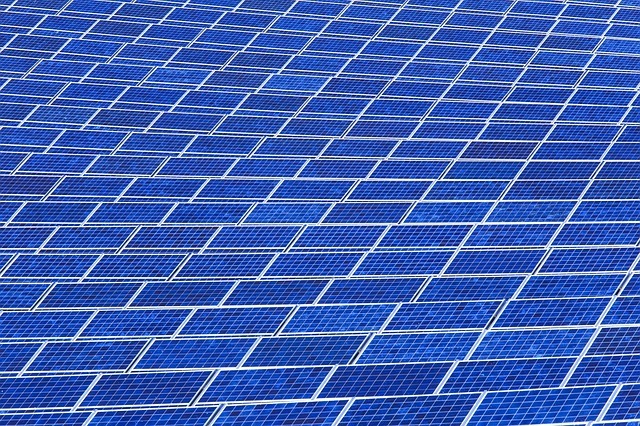Wind or solar now represent the least expensive option for adding new power generation capacity in approximately two-thirds of the world.
And further falls in technology will see the two leading forms of renewable energy powering nearly half of the global grid by 2050 and attracting $9.5 trillion in new investment between now and then.
Those are two of the headline findings from the latest New Energy Outlook report from BloombergNEF (BNEF), which was unveiled yesterday and compares the costs of competing energy technologies through a levelized cost of energy analysis.
At Bloomberg’s Sustainable Business Summit in London yesterday, BNEF chief executive Jon Moore said: “The good news for the energy transition is that the destination is getting much clearer. In two-thirds of the world, solar and wind are the cheapest energy technologies bar none.”
BNEF says that with electricity demand set to increase 62 per cent, global generating capacity will almost triple between now and 2050 – which in turn will attract $13.3 trillion in new investment, of which wind will take $5.3 trillion and solar $4.2 trillion.
In addition to the spending on new generating plants, $840bn will go to batteries and $11.4 trillion to grid expansion.
And wind and solar grow from 7 per cent of global generation today to 48 per cent by 2050, while the contributions of hydro, natural gas and nuclear will remain roughly level on a percentage basis.
Meanwhile, coal’s role in the global power mix will drop from 37 per cent today to 12 per cent by 2050, while oil as a power-generating source is virtually eliminated.
The NEO’s lead analyst Matthias Kimmel said: “Our power system analysis reinforces a key message from previous New Energy Outlooks – that solar photovoltaic modules, wind turbines and lithium-ion batteries
are set to continue on aggressive cost reduction curves, of 28, 14 and 18 per cent respectively for every doubling in global installed capacity.
“By 2030, the energy generated or stored and dispatched by these three technologies will undercut electricity generated by existing coal and gas plants almost everywhere.”
Elena Giannakopoulou, head of energy economics at BNEF, stressed that “the days when direct supports such as feed-in tariffs are needed are coming to an end”.
“Still, to achieve this level of transition and decarbonization, other policy changes will be required – namely, the reforming of power markets to ensure wind, solar, and batteries are remunerated properly for their contributions to the grid.”
She added that while the NEO “is fundamentally policy-agnostic… it does assume that markets operate rationally and fairly to allow lowest-cost providers to win”.
The NEO states that Europe will the fastest world region to decarbonize its grid, with 92 per cent of its electricity supplied by renewables in 2050. BNEF says that major Western European economies in particular “are already on a trajectory to significantly decarbonize thanks to carbon pricing and strong policy support”.
The US, with its abundance of low-priced natural gas, and China, with its modern fleet of coal-fired plants, are set to follow Europe at a slower pace.
Meanwhile, BNEF says that Asia’s electricity demand will more than double by 2050 and at $5.8 trillion, the whole Asia Pacific region will account for almost half of all new capital spent globally to meet that rising demand.
The NEO report states that China and India together are a $4.3 trillion investment opportunity, while the US will see $1.1 trillion invested in new power capacity, with renewables more than doubling its generation share to hit 43 per cent in 2050.
The NEO says that the outlook for global emissions and keeping temperature increases to 2 degrees or less “is mixed – on the one hand, the build-out of solar, wind and batteries will put the world on a path that is compatible with these objectives at least until 2030. On the other hand, a lot more will need to be done beyond that date to keep the world on that 2 degree path.”
Bloomberg’s NEO director Seb Henbest said that the report’s analysis “suggests that governments need to do two separate things – one is to ensure their markets are friendly to the expansion of low-cost wind, solar and batteries; and the other is to back research and early deployment of these other technologies so that they can be harnessed at scale from the 2030s onwards.”
To download the full report, click here.





